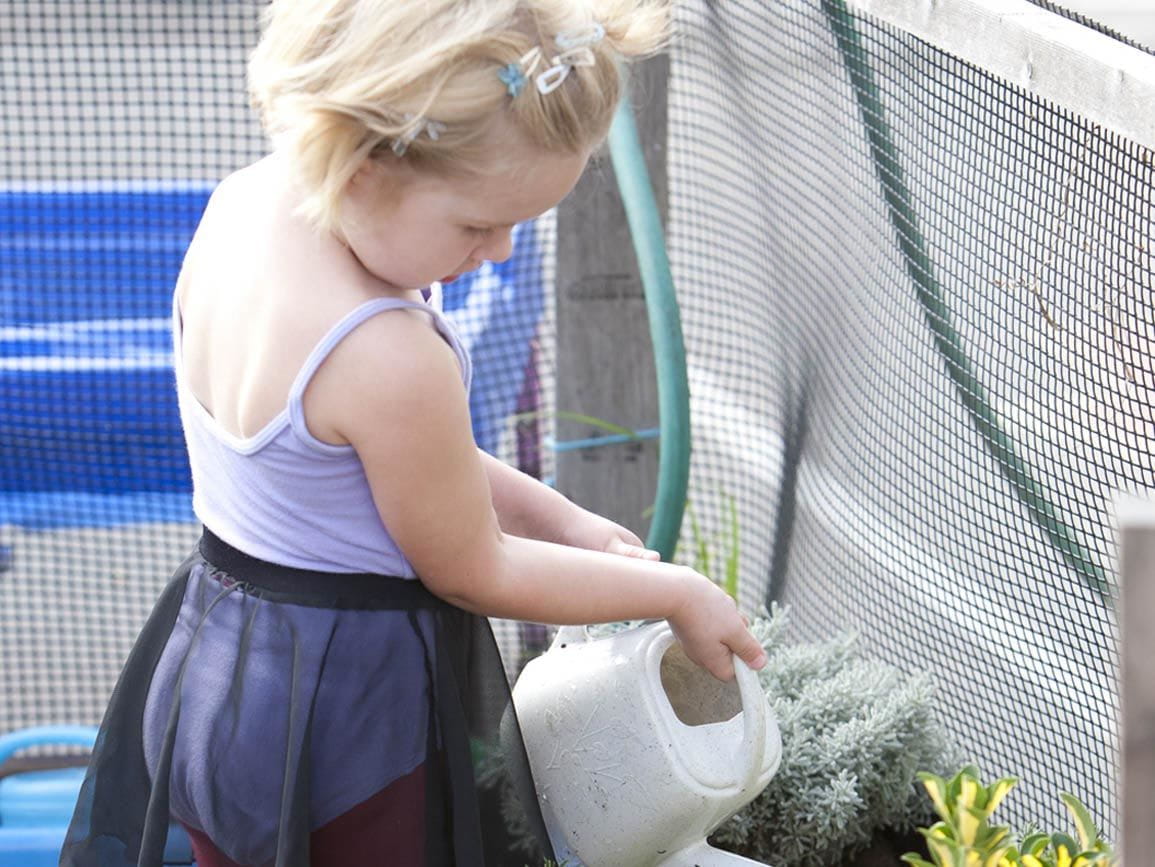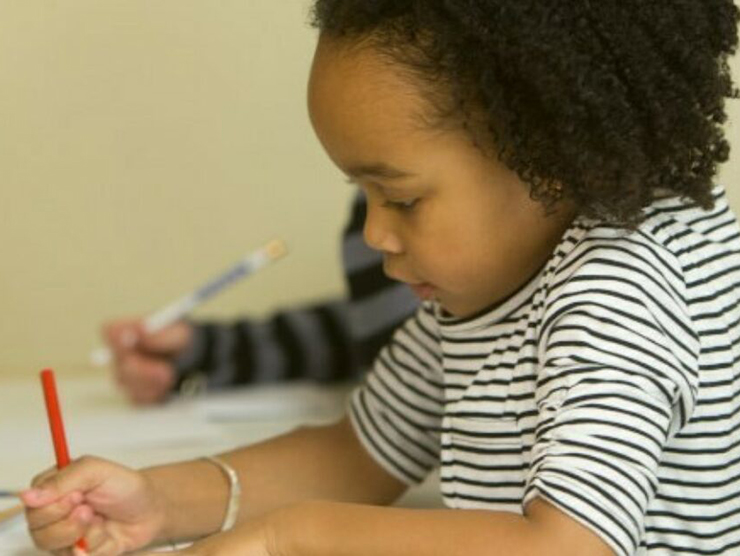Learning Value:
This activity promotes learning and development by encouraging children to listen to, understand, and respond to a communication from others, as well as develop positive relationships with adults.
Materials Needed:
- None
Participants: This activity is intended for adult/child interaction.
Directions:
One of the best ways for children to learn the language is by talking about what you’re doing as you go through your daily routines. This will increase your child’s vocabulary and help them connect words with objects and actions. When you are dressing your child, use the following descriptive statements or something similar:
- “I found your socks in your tall dresser. You love your fluffy, soft socks! Toes first and then your heel and now your feet are warm!”
- “I’m holding your shirt at the neck so it’s wide and you can see me through it. Now we will slip the big circle neck hole over your head but you can still see me! I see your eyes and your nose and your smile!”
- “Now it’s time for your arms! Let’s start with your right arm. First I see all your fingers! One, two, three, four, five fingers on your right hand. Now your arm is in your sleeve. As you grow, you will learn to push your arm through the sleeve all by yourself!”
- “These are your pants! They have stripes and arrows on them. Oh—both your feet made it through the foot holes of your pants! Let’s move them up to cover your knees so your knees are protected when you are playing on your tummy! This is my favorite part because I get to pick you up and give you a hug as we wiggle your pants over your diaper to your waist!”
Tip: Parentese is the high-pitched tone of voice, simple sentences, and stretched-out vowels (“hiiii, bayyybeeee!”) that adults automatically tend to use with young babies. Infants prefer this so use parentese with these statements.





